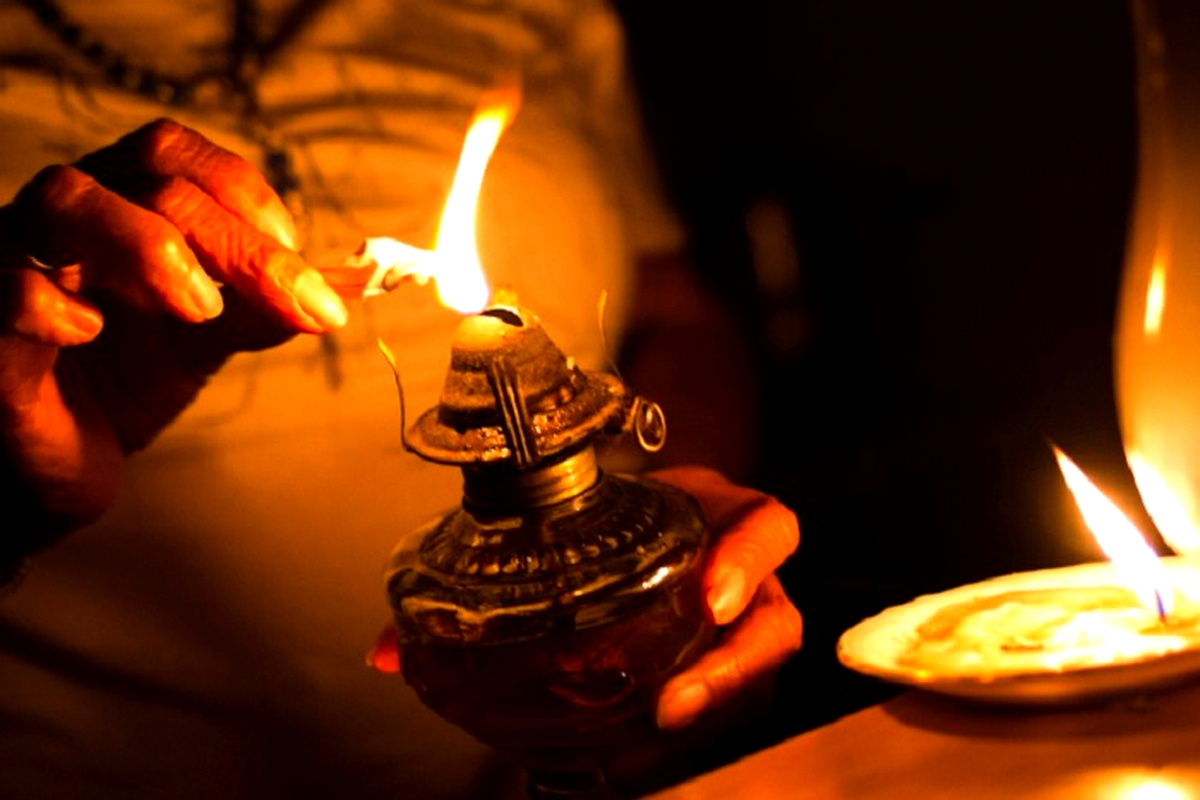ON October 6, 2022, power utility Eskom added another bleak record to its growing list of firsts related to load shedding.
africa
Oct. 10, 2022
OWN CORRESPONDENT
3 min read
New data reveals ugly truth about load shedding in SA

The effects of loadsss-sledding in South Africa
Story highlights
The day marked the first time in history that rolling blackouts continued for 30 consecutive days.
With load shedding having been suspended on Saturday (October 8), the group stopped at a record 32 days – but the suspension didn’t last for long, with Eskom announcing a return to stage 2 load shedding on Monday, October 10.
The latest round of load shedding started on Tuesday, September 6, and saw the country pushed to stage 6, endure a week of stage 5, and various fluctuations between stage 3 and stage 4 for an entire month.
There have been many reports outlining how destructive load shedding and the current streak of blackouts have been for the country, and numbers have been thrown around trying to contextualise how bad it has been in 2022.
South Africans know that load shedding is bad and likely getting worse due to an aging power fleet and multiple technical issues, but it’s difficult to grasp the extent and how it has hit them individually.
Data from Eskom Research, Testing and Development shows that an estimated 4,115 GWh has been cut this year – far above the 1 776 GWh cut in 2021.
Popular load-shedding notification app, EskomSePush, meanwhile, has put out data tracking the total hours the country has been thrust into darkness – now sitting well over 2 000 hours, collectively.
However, neither of these data points shows exactly how individuals have been impacted by the blackouts.
According to independent data analyst Pieter Jordaan, while total load shedding hours is a quick way to see if load shedding, collectively, is getting worse, it doesn’t take into account the intensity of the various stages of load shedding and how individual households are affected.
It also makes comparing load shedding in different years tricky – for example, 2015 saw 836 hours of load shedding in total, while 2020 saw 844 hours. At first glance, this would make it seem that load shedding was up only 1%.
However, Jordaan argues that when you look at how those load-shedding hours were experienced by individual households, the reality is that the average consumer was in the dark for around 93 of those 836 hours – while in 2020, the average consumer was in the dark for around 127 of the 844 hours – an increase of 36%.
“For sake of convenience, the most popular accounting method to express rolling blackouts for comparison is the ‘Hours of National Load Shedding’ metric. The method tallies the number of hours that rolling blackouts were in force for a given period, normally a calendar year.
Enjoy our daily newsletter from today
Access exclusive newsletters, along with previews of new media releases.
“However, as a simple metric, it does not account for the differences in stages between periods. For instance: In March 2019, rolling blackouts were in effect for 208 hours and during which the average consumer was disconnected for 42.1 hours. In March 2021, rolling blackouts were in effect for 214 hours and during which the average consumer was disconnected for 28.9 hours.
In absolute terms, March 2019 suffered 3% fewer “National Load Shedding Hours”, Jordaan said, yet consumers suffered 45% more disconnected hours.
“This is due to the flawed accounting method that ignores the average stage difference between the two periods,” he said.
Using the Disconnected Hours method to determine the direct impact on consumers shows how energy availability in South Africa has significantly deteriorated over the years.
To October 5, 2022, the average household in the country has experienced 459 hours of load shedding. This is more than the last eight years combined, Jordaan said. - BusinessTech
Tailored for you






